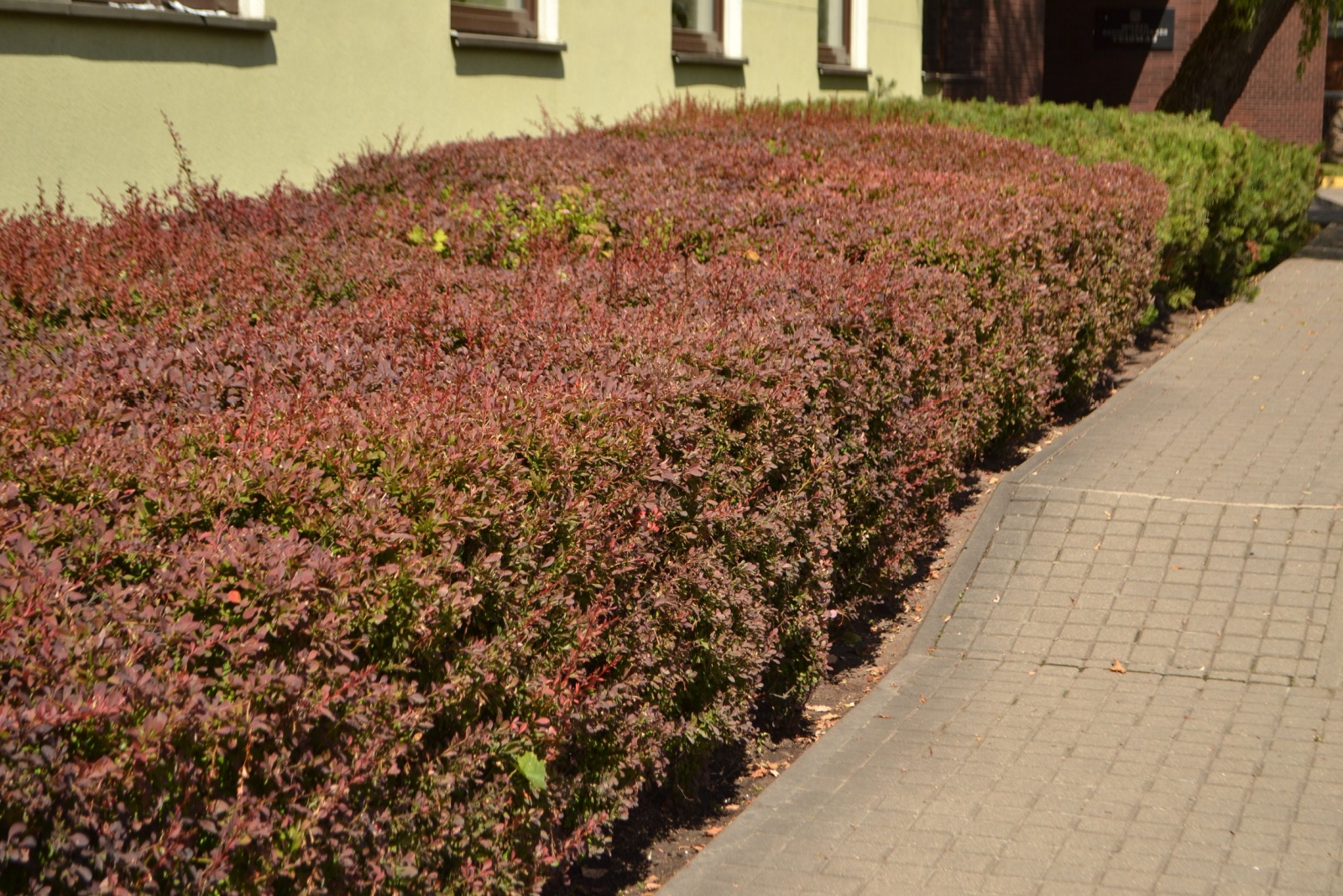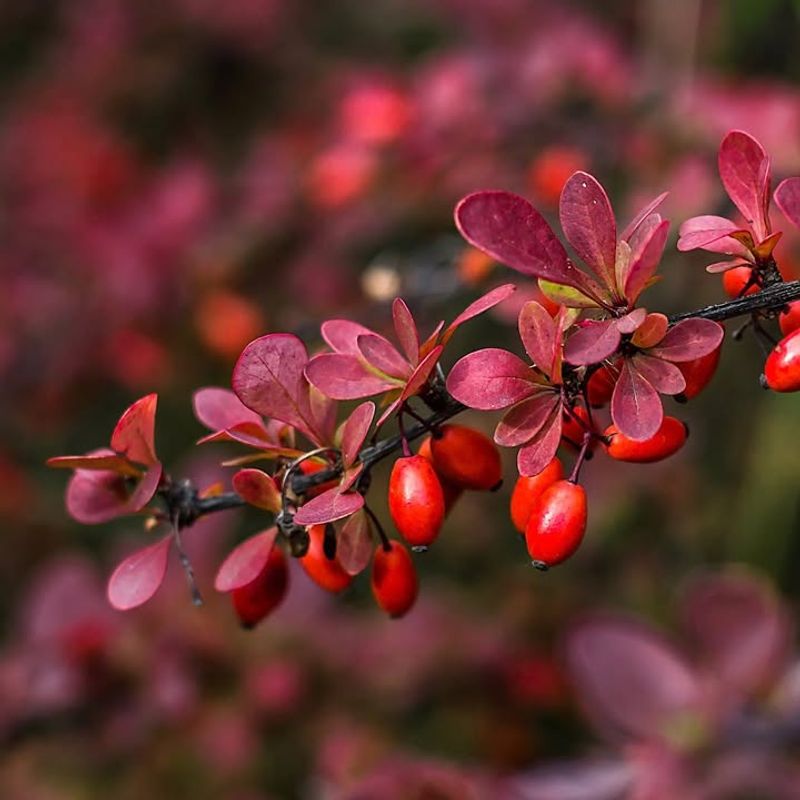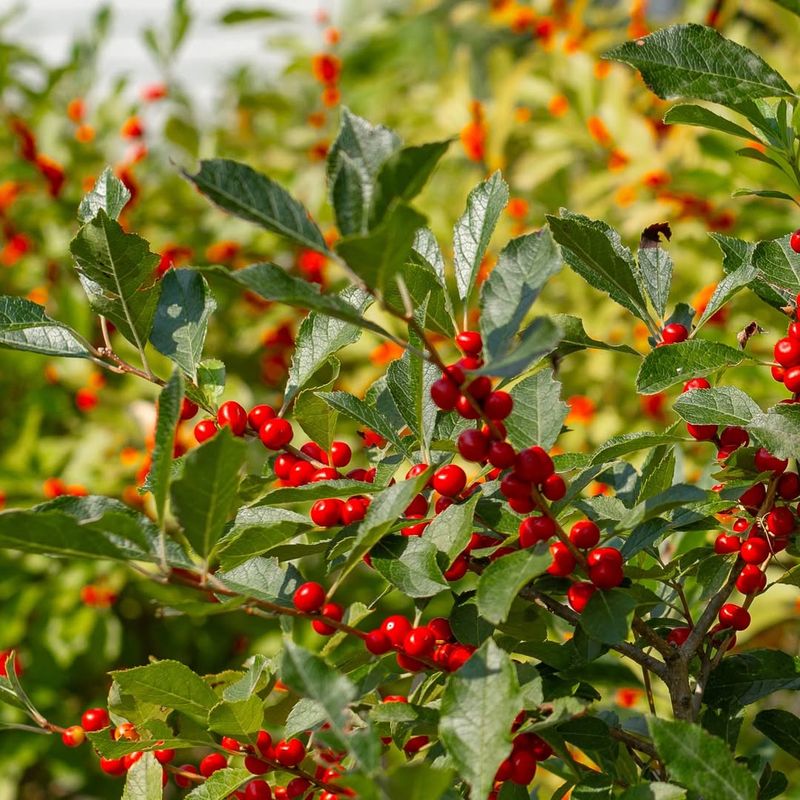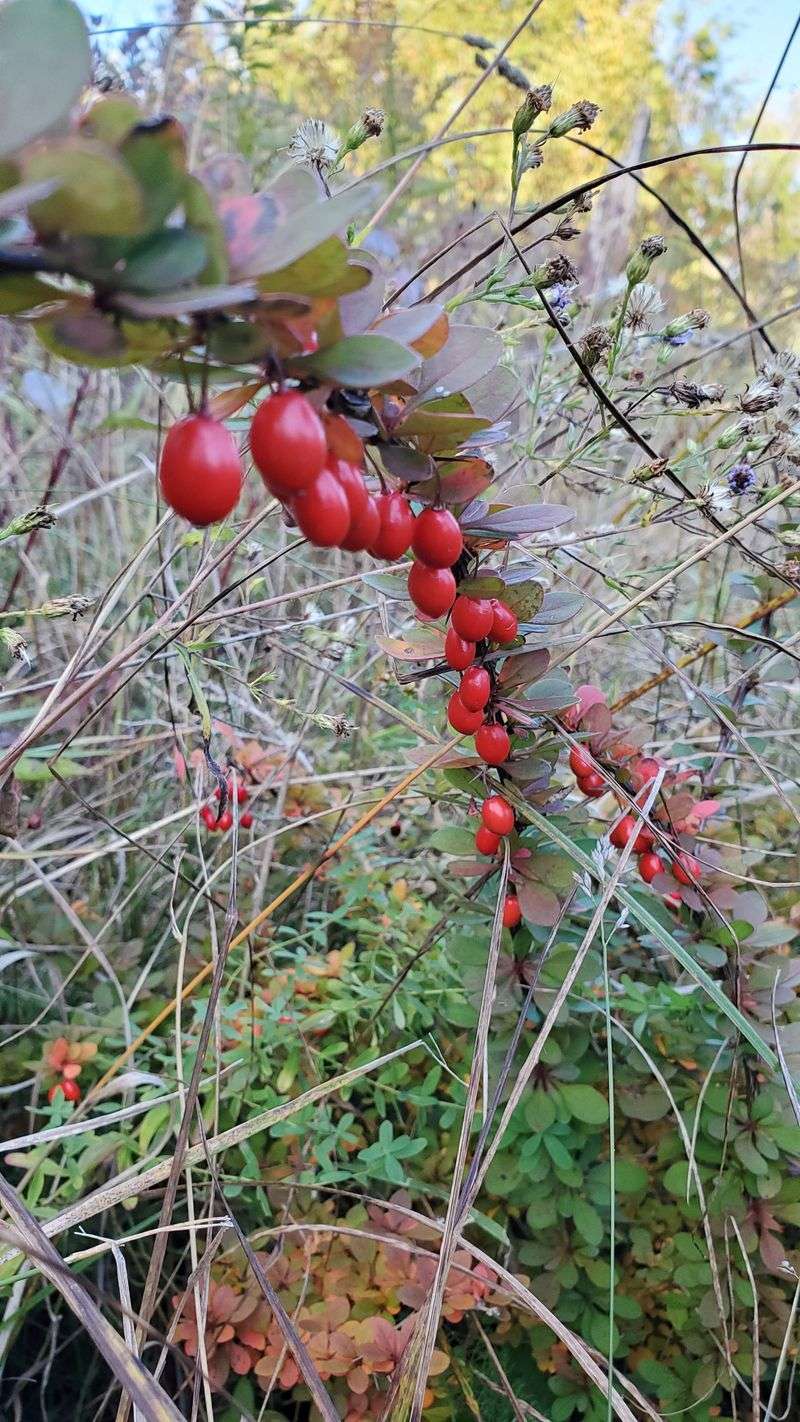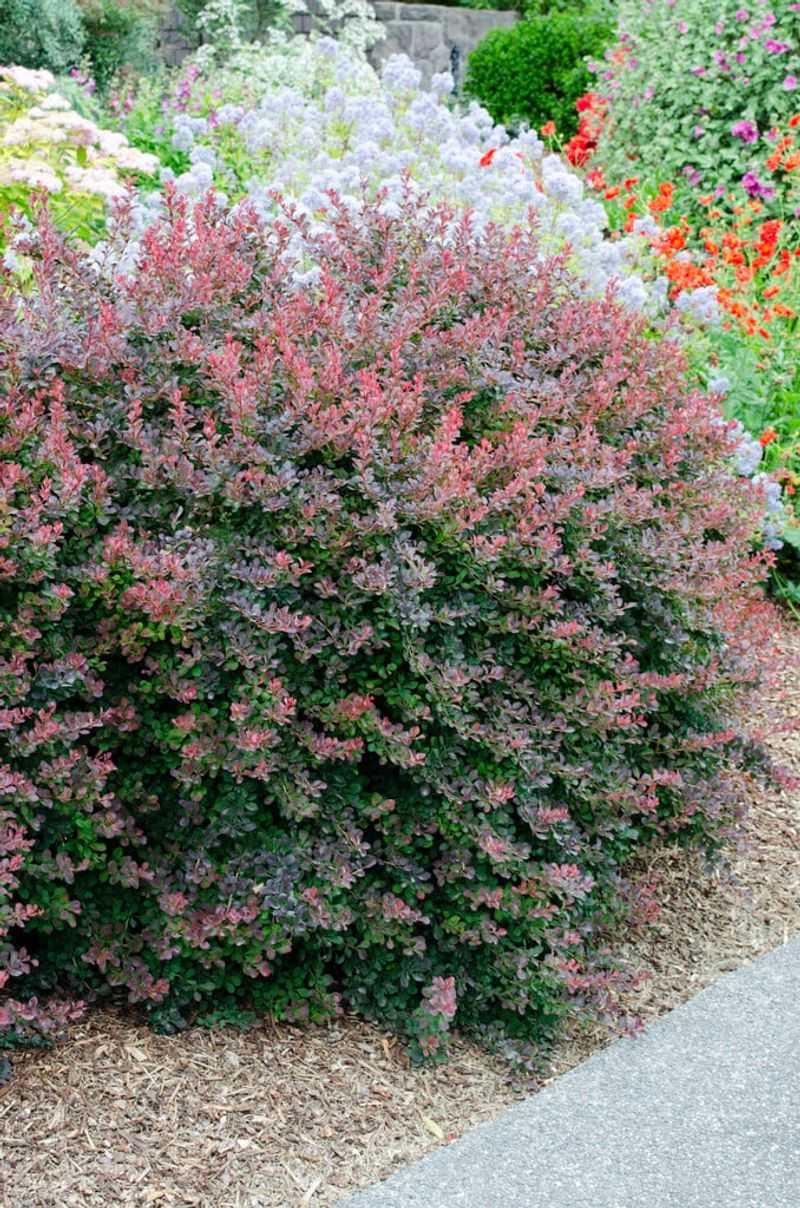Warm summers and wooded backyards make Michigan a beautiful place for pets to explore—but they also create prime territory for ticks. And while many plants simply add color and texture to the landscape, a few can quietly make your yard more inviting to these pests.
One common ornamental shrub is especially notorious for boosting tick populations right where your pets play. That plant is Japanese barberry.
1. Japanese Barberry Creates Perfect Tick Habitats
Dense branches and thick foliage make Japanese barberry bushes ideal hiding spots for blacklegged ticks. Research shows these shrubs can hold up to twelve times more ticks than native plants in the same area.
The humidity trapped beneath the leaves keeps ticks alive longer. Your dog or cat brushing against these bushes can pick up dozens of ticks in seconds, bringing Lyme disease carriers right into your home.
2. Blacklegged Ticks Thrive In Barberry Patches
Studies from Connecticut found that areas with Japanese barberry had significantly higher populations of deer ticks. When scientists removed the barberry plants, tick numbers dropped by more than sixty percent within two years.
Blacklegged ticks carry Lyme disease, which affects both pets and humans. Michigan has seen rising Lyme disease cases, and barberry bushes contribute directly to this growing health problem in neighborhoods across the state.
3. Native Alternatives Protect Your Pets Better
Replacing Japanese barberry with native Michigan shrubs like winterberry holly or ninebark dramatically reduces tick populations. Native plants don’t create the same humid, protected environment that ticks need to survive and multiply.
Serviceberry and chokeberry are beautiful alternatives that actually attract beneficial insects and birds. Your pets can explore your yard more safely when you choose plants that don’t harbor disease-carrying pests in every branch.
4. Barberry Spreads Aggressively Through Michigan Forests
Birds eat the bright red berries and spread seeds everywhere, causing Japanese barberry to invade natural areas. Once established, it crowds out native plants that wildlife depends on for food and shelter.
Michigan forests with barberry infestations lose biodiversity quickly. Your neighborhood trails and parks become less safe for walking dogs when invasive barberry creates dense tick nurseries along every path where pets and families love to explore outdoors.
5. Removing Barberry Requires Careful Planning
Sharp thorns on barberry branches make removal challenging and painful. Wearing thick gloves and long sleeves protects you from scratches, but you must dig out the entire root system to prevent regrowth.
Cut stems often resprout unless you apply herbicide to fresh cuts. Dispose of removed plants in trash bags rather than compost piles, because seeds can remain viable and spread. Professional removal services understand proper techniques for complete elimination.
6. Michigan Regulations And Community Action
Several Michigan counties have added Japanese barberry to invasive species watch lists, encouraging homeowners to remove existing plants. Some garden centers have stopped selling barberry varieties altogether to prevent further spread.
Community groups organize removal events in parks and nature preserves. Joining these efforts helps protect local ecosystems while making outdoor spaces safer for everyone’s pets. Check with your county extension office for programs that provide free native plant replacements.

